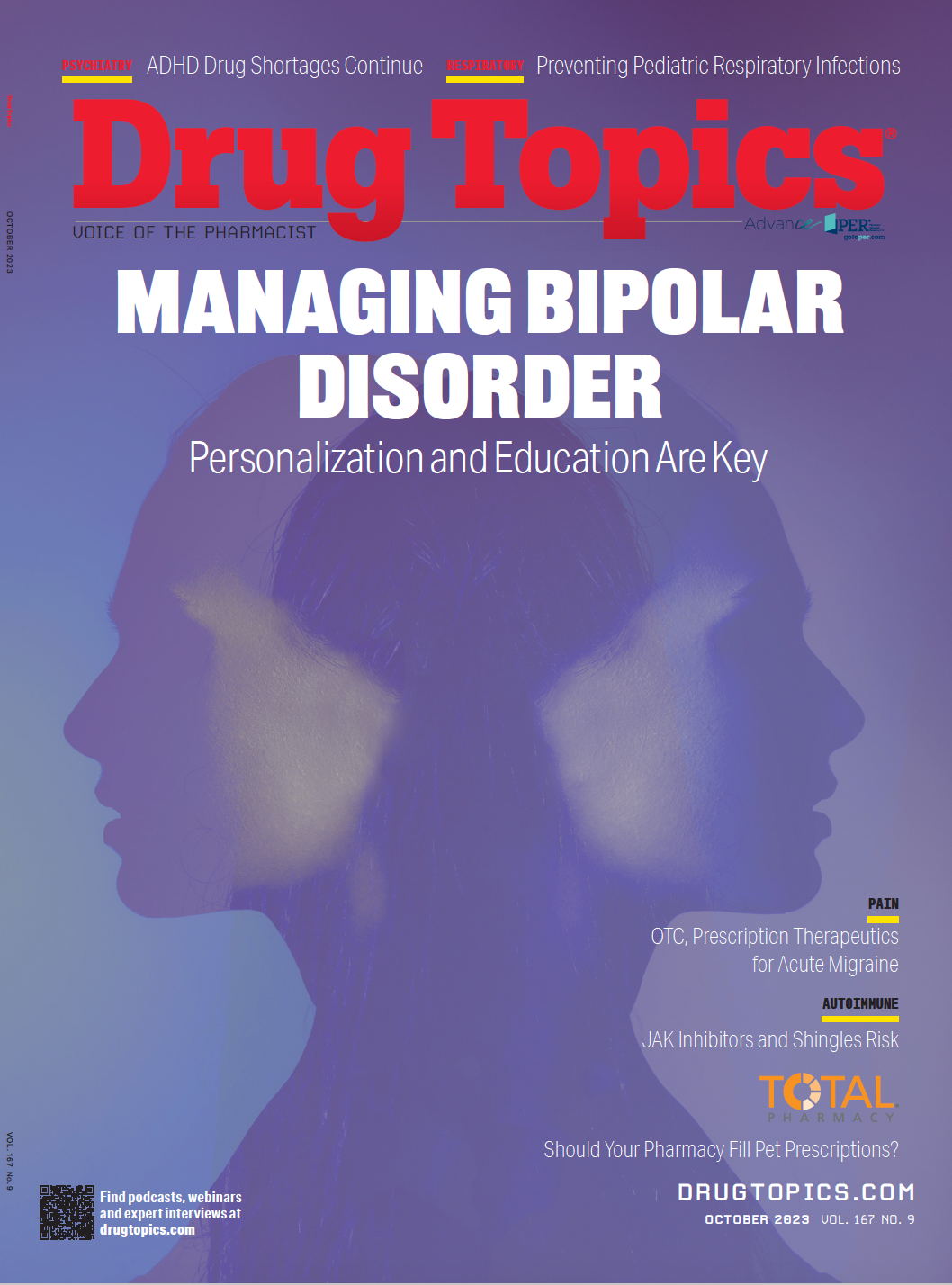OTC Products, Oral Prescriptions Demonstrate Efficacy in Episodic Migraine
Although there were some differences in response after dosing, both OTC and oral prescriptions demonstrated statistically significant improvements in pain.
Both OTC and oral prescription products can help patients achieve pain relief and pain freedom during an episodic migraine, according to research results presented at PAINWeek 2023.1
Currently, the mainstay treatments for episodic migraine treatments include analgesics, nonsteroidal anti-inflammatory drugs, triptans, ergots, and opioids. In a study of 568 individuals living with migraine, researchers found that 49% use OTC products alone to treat their migraine, while 23% combine OTC and prescription products. Although the last few years have seen the development and launch of new classes of oral prescription products, such as gepants and selective 5-HT agonists, no head-to-head comparisons between these newer products and OTC products exists.
In the current analysis, researchers reviewed published, pivotal episodic migraine studies in order to evaluate how OTC products indicated for episodic migraine treatment—the triple combination of acetaminophen/aspirin/caffeine (500 mg/500 mg/130 mg) and ibuprofen (400 mg)—compare to gepants (rimegepant, 75 mg and ubrogepant, 50 mg) and selective 5-HT agonists (lasmiditan, 100 mg) vs placebo. The primary efficacy endpoints of the included studies were defined as measures of headache pain relief and pain freedom 2 hours post-dose. Secondary endpoints included time to pain freedom, the need for supplemental medications, sustained pain relief for 24 hours, and a reduction in nausea, photophobia, and phonophobia.
At 2 hours post-dose, all OTC and oral prescription products significantly improved the primary endpoints of pain relief and pain freedom vs placebo. In the OTC category, pain relief and freedom with acetaminophen/aspirin/caffeine use vs placebo was 59.3% vs ∆26.5% and 20.8% vs ∆13.7%, respectively; relief and freedom with ibuprofen use vs placebo was 72.3% vs ∆22.3% and 27.7% vs ∆14.3%. Rates of pain relief for rimegepant, ubrogepant, and lasmiditan were 59.3%, 61.7%, vs 62.1% vs ∆16%, ∆31.1%, and ∆17.2%, while rates of pain freedom were 21.2%, 20.5%, and 29.8% vs ∆10.3%, ∆7.5%, and ∆11.5%, respectively. Researchers found that ibuprofen was associated with lower rates of pain relief and freedom compared with other products.
“OTC and newly approved oral [prescription] products demonstrated statistically significant better responses on both primary endpoints… compared to placebo, confirming their ability to treat episodic migraine, even though some differences in response at 2 hours post-dose between types of medications did exist,” the researchers concluded.
“OTC treatments offer convenience and affordability compared to the newer oral [prescription products,” they added. “Use of OTC products is and should remain an important part of an integrated health care approach for episodic migraine.”
Reference
1. Mitra A, Petrusche R, Lee G. A retrospective evaluation of over-the-counter products versus recently approval oral prescription products for episodic migraine. Presented at: PAINWeek; September 5-8, 2023; Las Vegas, NV.
